Getting Started in Stock Analysis, Illustrated Edition
$24.78
| Author(s) | |
|---|---|
| Format |
|
| Pages |
374 |
| Publication Year |
2015 |
The purpose of Getting Started in Stock Analysis, Illustrated Edition is beyond explaining the indicators and their meaning. It is designed to show how the combined use of fundamental and technical indicators can be put into action to create an effective program to build a portfolio, manage its risks, and time entry and exit based on ever‐changing indicators. This helps generate additional income while preserving the conservative standards that most investors need and want.
Introduction:
Do you favor fundamental or technical analysis? Many market observers favor either fundamental analysis or technical analysis, exclusively. But both offer value, in different ways. This book makes a case for using both systems together to identify quality companies and their stocks, and to then time trades to increase profits and improve timing of trades. Fundamental analysis is often associated with conservative and long‐term investing. It is the reliance on financial statements and other financial information about a company, intended to identify the levels of capital safety and strength, as well as earnings potential. The drawback of fundamentals is that the information is outdated by the time it is used; for example, financial statements normally are issued several months after the end of the fiscal year.
Technical analysis is focused exclusively on current price and trading volume information: the study of price movement in the stock versus the fundamental emphasis on financial attributes of the company. Price is judged on charts, with the shape and speed of price movement used to anticipate trends and reversals. Reliance is not only on the price level itself but also on volume of trading, moving averages of the price over time, and momentum of trading. The drawback of technical analysis is that none of the indicators can be relied on consistently; short‐term price movement is random, so technical analysis is not an exact science.
Even with the drawbacks of fundamental and technical analysis, many analysts recognize that the two disciplines affect one another, and are clearly related. Used together, investors and traders may improve the selection of stocks and the timing of trades to improve profitable outcomes in their portfolios.
The idea that combined use of two different approaches to analysis could produce improved results is intriguing. For many years, great energy has been put into perfecting analysis, notably with widespread use of automated systems and advanced algorithms, methods of calculating likely movement of price based on variables. The algorithm is too complex to calculate by hand, so high‐frequency traders (HFTs) rely on sophisticated programs to time large‐dollar value trades based on very small changes in price. This technical system today accounts for as much as 50 percent of all trades on U.S. markets. Other issues surrounding the problems associated with HFTs and regulating them highlight the growing importance of this trading trend. Interest in automated systems that give an edge to some traders over others has led to controversy and even regulatory steps to curtail high‐frequency trading activity.
The advantage that HFT trading provides is clear; but it is less clear how much negative impact the practice has on individual trading. The high concentration of dollars traded has led to many losses among institutions, but for individuals the impact is not as clear. This book is concerned with methods that investors and traders can use to improve overall profitability in investing and trading stocks, not as part of larger‐volume trading practices but in the management of an individual portfolio. The premise is that a typical individual does not have access to algorithms and other tools, and must rely on exceptional analytical methods to beat the averages of market investing and trading. To accomplish this goal, the book is designed to present the basics of both fundamental and technique analysis in two parts.
Part I (Fundamental Analysis) contains seven chapters designed to introduce and examine the essential fundamental sources—financial statements, annual reports, and fundamentals not found in reports. This section also explores the many ratios and trends that are valuable to anyone employing the fundamentals to select companies as viable investment candidates. The section also devotes an entire chapter to a detailed analysis of five key trends every investor needs to track, including an explanation of how to track and interpret them.
Part II (Technical Analysis) provides an equally in‐depth examination of the major technical attributes and indicators and has eight chapters. It includes analysis of market theories and what they mean; charting analysis and interpretation, trends; and moving averages. This section also provides chapters on price indicators, volume indicators, momentum oscillators, and confirmation.
Contents:
- Financial Statements in Overview
- How Reliable Are the Financial Reports?
- Balance Sheet Ratios—Testing
Working Capital - Income Statement Ratios—Trends and Profits
- Five Key Trends Every Investor Needs
- The Annual Report and What It Reveals
- Fundamentals Not on the Statement
- Theories and What They Mean
- Charting and Its Value
- Trends and How to Study Them
- Moving Averages and Their Value
- Price Indicators
- Volume Indicators
- Momentum Oscillators
- Confirmation, the Key to Timing
Getting Started in Stock Analysis, Illustrated Edition By Michael C. Thomsett pdf
2 reviews for Getting Started in Stock Analysis, Illustrated Edition
Clear filtersOnly logged in customers who have purchased this product may leave a review.

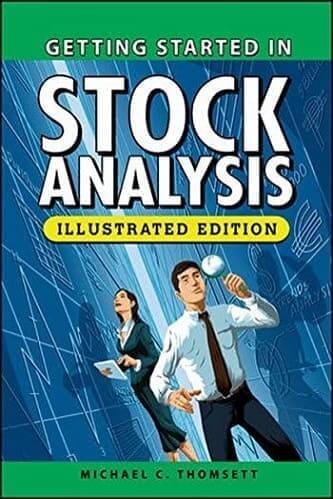
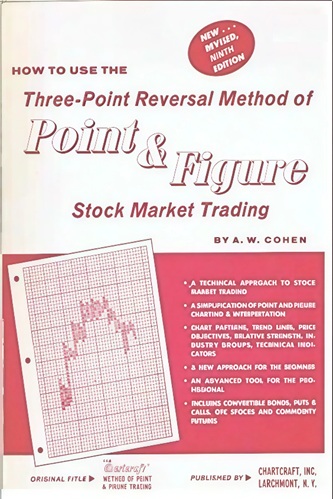

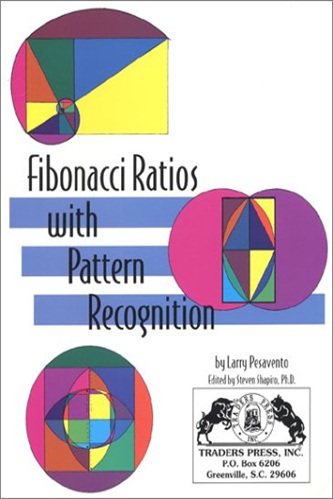
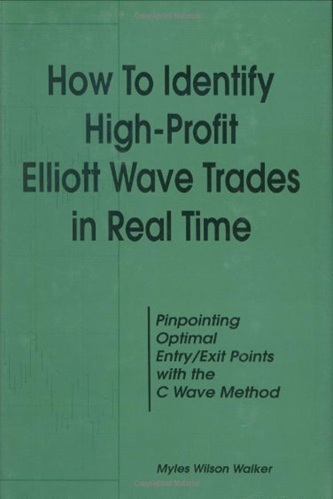



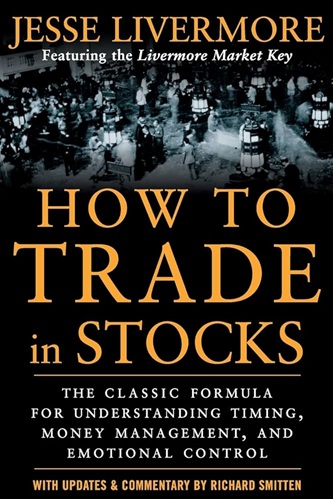
Bodhi Villegas (verified owner) –
Good Book
Jessie Wallace (verified owner) –
exactly as described